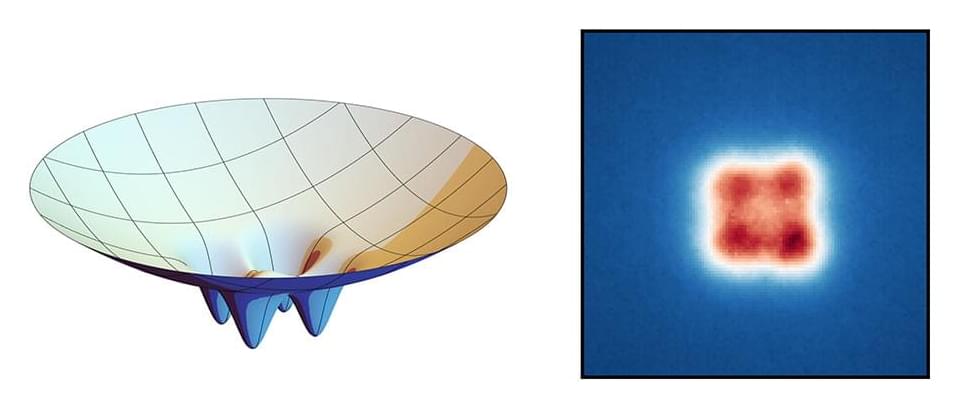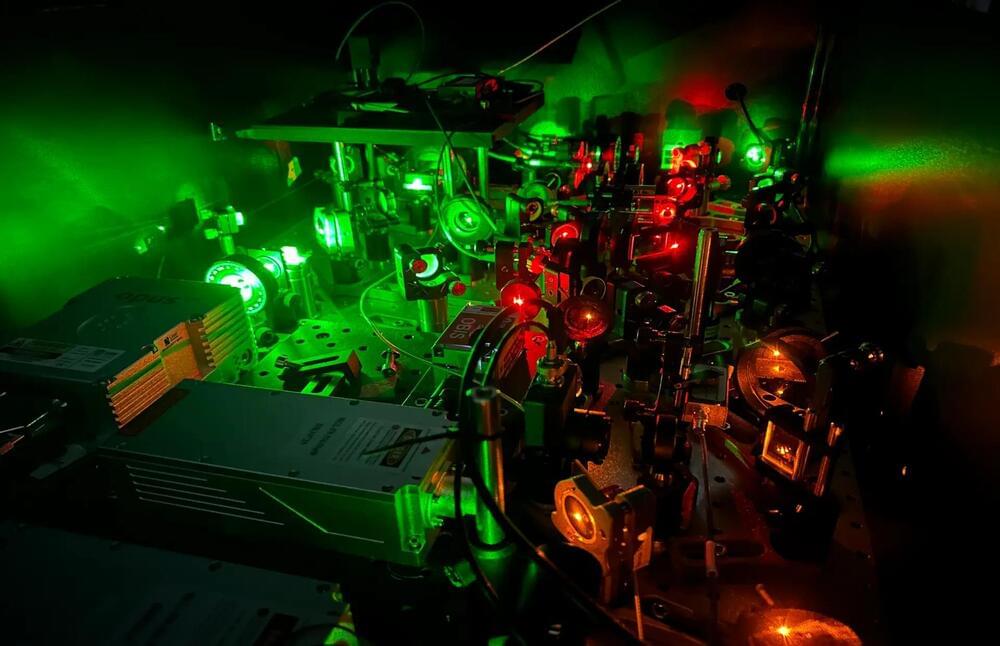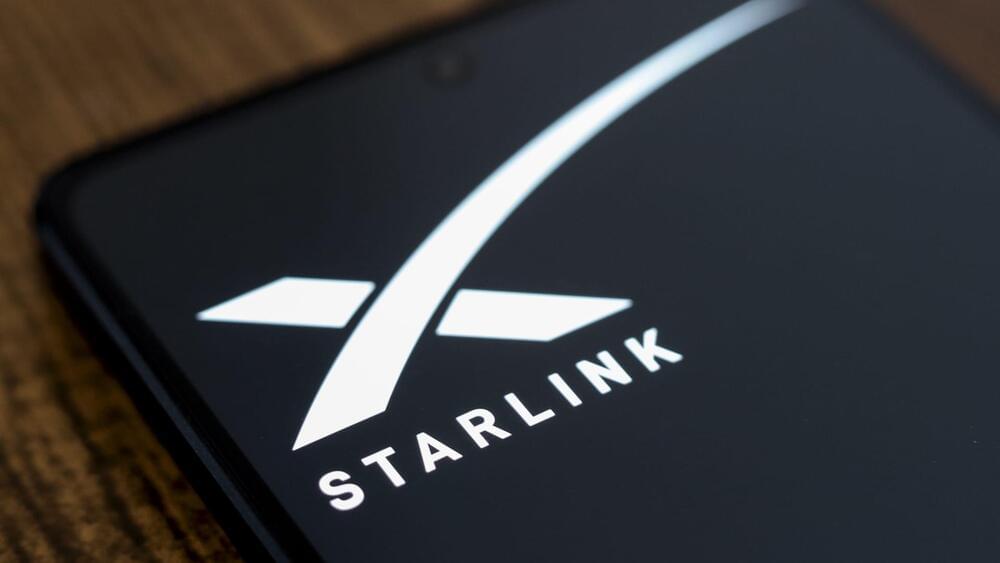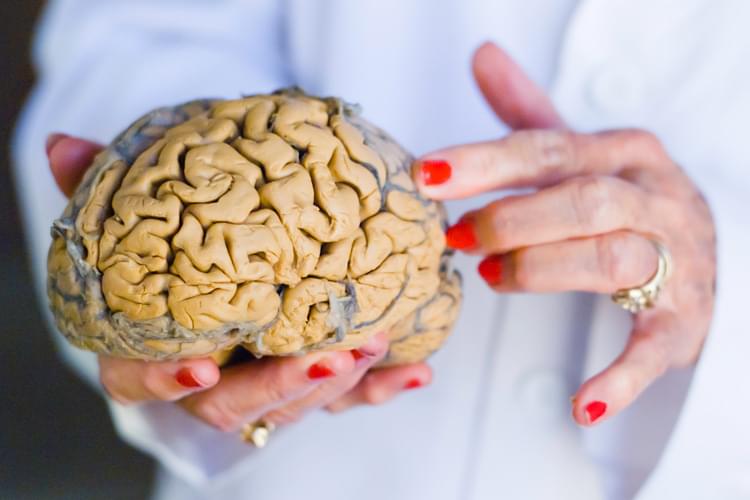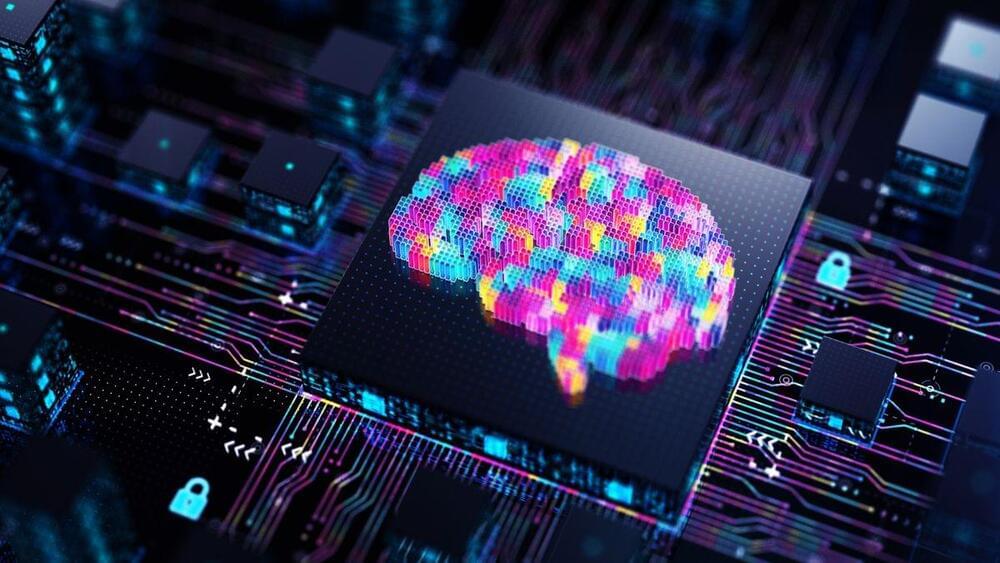Thousands of light particles can merge into a type of “super photon” under certain conditions. Researchers at the University of Bonn have now been able to use “tiny nano molds” to influence the design of this so-called Bose-Einstein condensate. This enables them to shape the speck of light into a simple lattice structure consisting of four points of light arranged in quadratic form. Such structures could potentially be used in the future to make the exchange of information between multiple participants tap-proof.
The results have now been published in the journal Physical Review Letters (“Bose-Einstein Condensation of Photons in a Four-Site Quantum Ring”).
By creating indents on the reflective surfaces (shown on the left in an exaggerated form; the reflective surfaceis facing upwards), the researchers were able to imprint a structure ontothe photon condensate (right). (Image: IAP, Universität Bonn)
